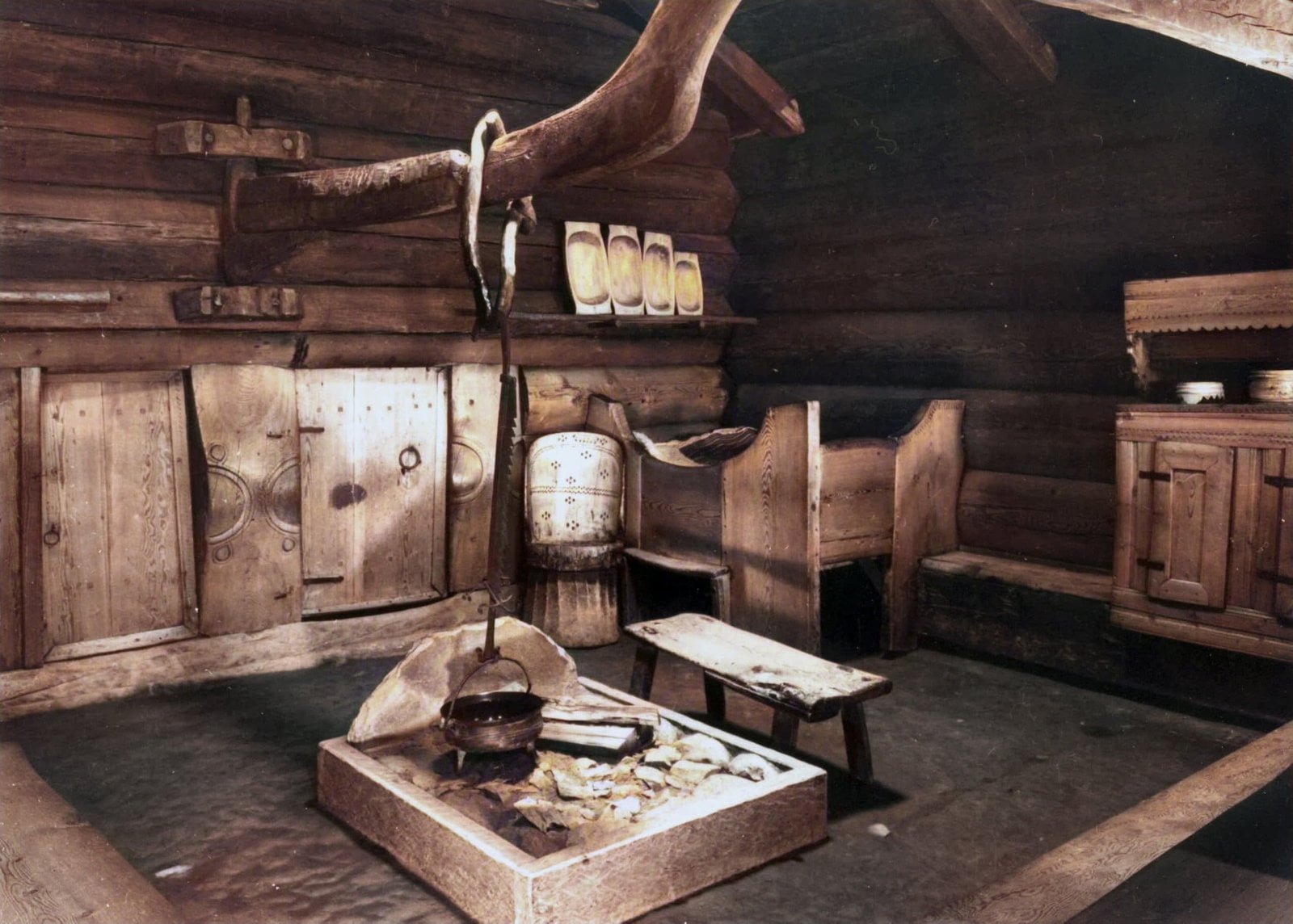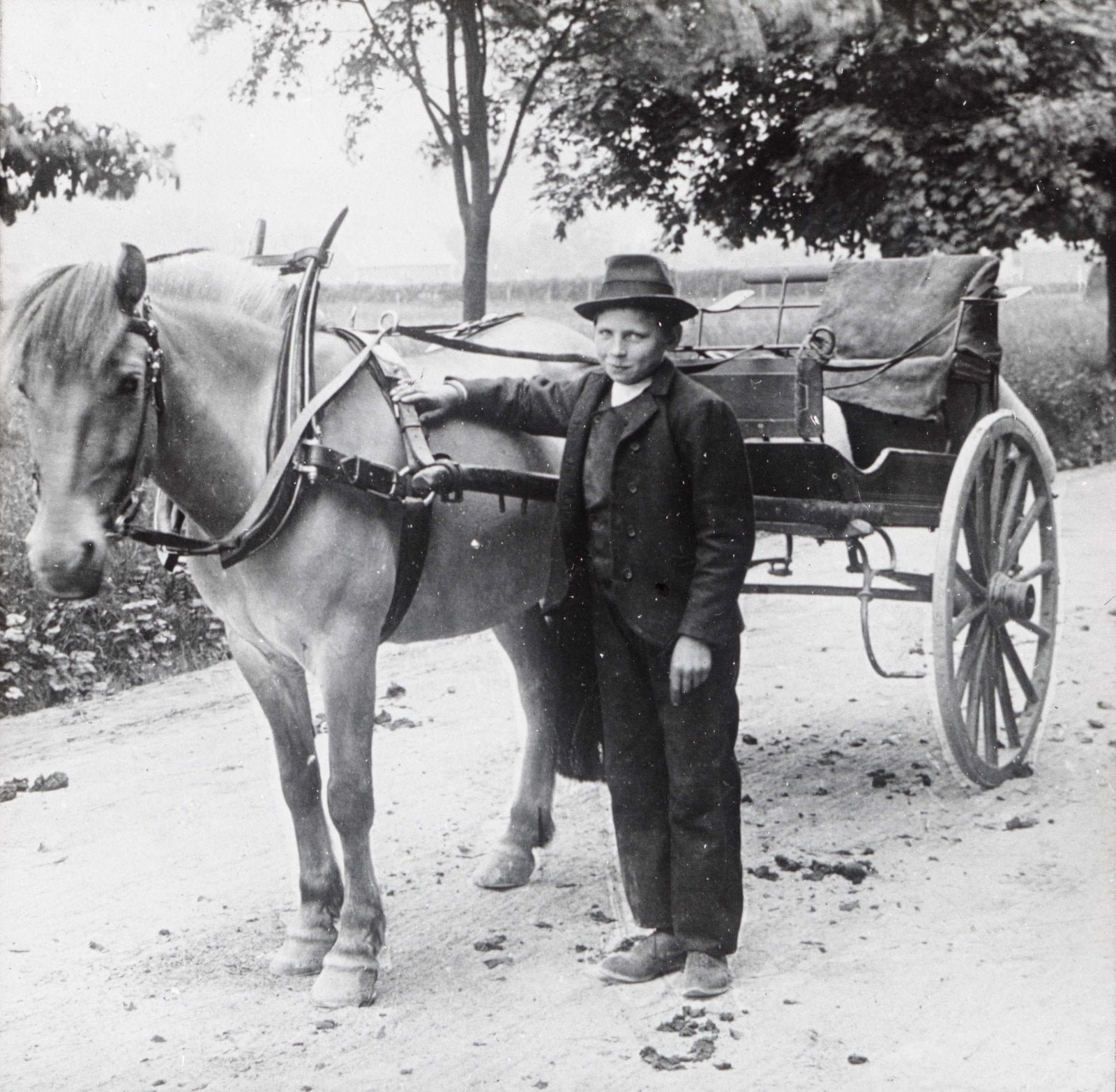Can be stored for years
The art of drying food is one of humankind’s oldest preservation methods. Fresh meat and fish are highly perishable, but when dried and kept correctly, it can be stored for years. An alternative to drying is curing, by using salt.
Both the drying process and the salting process remove the water from the meat – and stop destructive microorganisms from multiplying.
Such food preservation techniques made our ancestors’ everyday life a lot more predictable.
Preserved food also created possibilities for trade and long-distance transport. The Norwegians have produced and traded dried, unsalted fish – tørrfisk – for two thousand years and more.
The Vikings, to name one historical group, brought dried fish with them on their long-haul journeys – for food and trade.
Klippfisk versus tørrfisk
Most Norwegians have heard about tørrfisk – dried fish or stockfish – and some about klippfisk. But they don’t always know the difference.
The word klipp comes from the old Norse klepp, which means bare coastal rocks – svaberg.
The difference between the two is quite simple: tørrfisk is dried fish – with no use of salt – and klippfisk is fish that is both salted and dried.
Cod is the most used fish-type for tørrfisk and klippfisk.
Klippfisk history: bacalao and bacalhau
When hearing that cod is called bacalao in Spanish and bacalhau in Portuguese, many will start seeing a connection between the Norwegian klippfisk and popular codfish dishes on the Iberian Peninsula and beyond.
The first large-scale makers of salted and dried bacalhau are believed to be the Portuguese, when fishing off the coast of Canada in the 1500s.
The fresh fish had to be preserved before the long journey home. And the Portuguese managed to do this by combining the age-old methods of salting and drying.
Norway has access to lots of cod from the sea off its long-stretched coastline, and in places, the weather conditions are perfect for the outdoor natural drying of fish.
But it was only from around the year 1700, when large quantities of imported cheap salt became available, that both Norwegian and foreign mavericks saw great klippfisk business opportunities along the Norwegian coastline.
An early settlement located where we today find the mid-Norwegian city of Kristiansund, became the primary hub of klippfisk-production and know-how. There is a lot of wind in the region, and the coastal temperatures are fairly mild.
Historically, the main Norwegian klippfisk salting and drying season lasted from March to May.
Spain and Portugal have been the biggest buyers of Norwegian klippfisk. But it also found and finds its way to Italy – to be used in Italy’s baccalà-dishes – and to other countries around the world.
Kristiansund is the home of the Norwegian Klipfish Museum.
The fish preserving process
The process of making klippfisk begins with the fish being gutted and the head removed. Then it is cleaned, and most of the backbone is taken out. This allows the fish to be folded out flat, like a triangle.
Historically, the fish was stacked in layers – in rounded outdoor piles – with salt in between each layer. A lid, with stones to weigh it down, was placed on top, and the sides of the pile were often covered by a rough material, to protect it from birds and the weather.
After a few days, the fish was often turned, re-stacked, and more salt was added between the layers. The pile was then left for 3-4 weeks for the salt to do its preservation magic.
Finally, it was time to dry the fish by spreading each individual fish-triangle out onto the surrounding bare coastal rocks – the svaberg. They were left out all day, and then re-stacked overnight. If it was raining, the fish was left protected in the stacks.
This process of stacking and laying out the fish, continued until the klippfisk was deemed ready for storage – and ultimately sale or export.
How to prepare before eating
The dry klippfisk must be soaked in water for 24-48 hours before it is ready to be used. The amount of soaking-time depends on the level of salt – and how much water you prefer the fish-meat to re-absorb.
Before leaving it to soak, the fish is cut into suitable pieces.
The water must be changed several times during the soaking-period, to get rid of the extracted salt.
Once soaked, any unwanted skin or remaining bones are removed. And voilà, the klippfisk is ready to be used in the many delicious bacalhau dishes.
A couple of klippfisk recipes
We leave you with a couple of simple recipes that you might want to try out – if some klippfisk comes your way.
And as the Portuguese say: Bom apetite!
Poached or steamed klippfisk
Ingredients: soaked-out klippfisk, water, cooked or steamed vegetables – and whatever trimmings your taste may desire.
Start by cleaning and removing skin and bone from the soaked-out klippfisk, before cutting it into smaller pieces.
Put the pieces of fish into a reasonably sized cooking pot with cold, unsalted water. Bring the water slowly to just below the boiling point – and leave it at this temperature for about 15 minutes. Serve with melted butter and the vegetables and trimmings of your choice.
Alternatively, the fish can be steamed under a lid for 25 minutes. Steamed klippfisk will have a softer consistency.
Bacalao stew
Ingredients: 500 grams soaked-out klippfisk, 1 kilo potatoes, 2 large onions, 100 grams olive oil, 2-3 tomatoes, a pinch of cayenne pepper, 1/2 cup of water.
Start by cleaning and removing skin and bone from the soaked-out klippfisk, before cutting it into smaller pieces.
Cut the onions, potatoes, and tomatoes into thick slices.
Pour the olive oil into a reasonably sized cooking pot, and then build the dish in layers: fish, potatoes, onions, and tomatoes.
Blend in the cayenne pepper with the water and pour it over the ingredients.
Leave the pot to stew just below the boiling point until all ingredients are tender. Add some more water if necessary. Shake the pot often – but carefully. Avoid using a spatula or similar, as the dish could otherwise easily turn into a mash. Serve hot.

Sources: Riddervold, Astri. Konservering av mat. Teknologisk Forlag 1993. | lokalhistoriewiki.no | Store Norske Leksikon snl.no | EGP.00049











